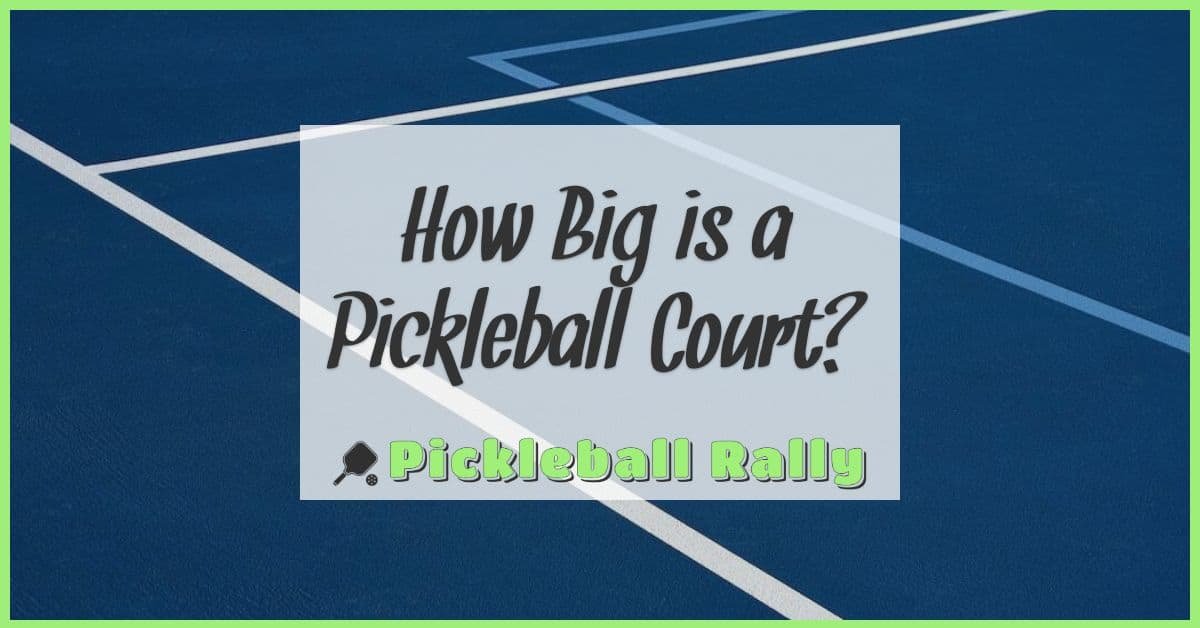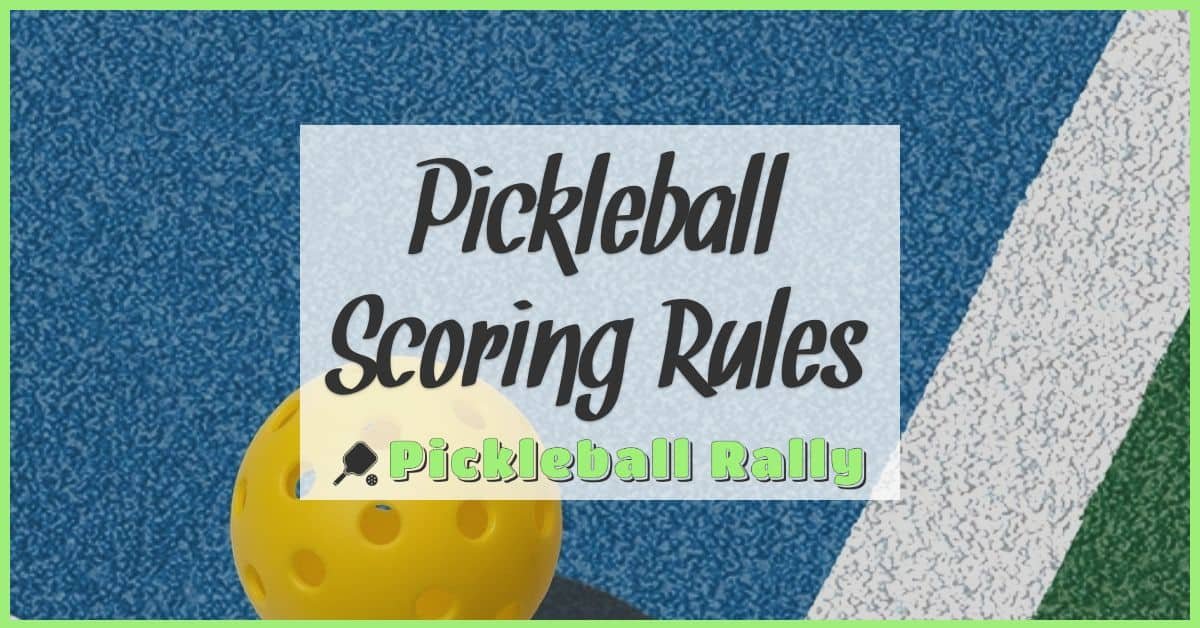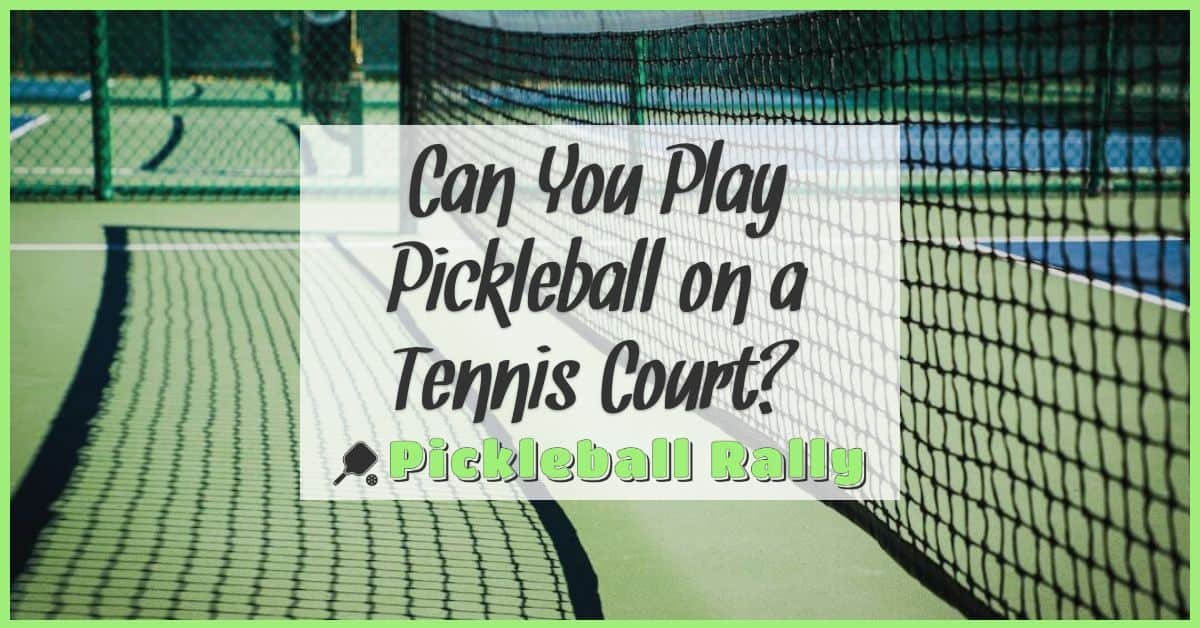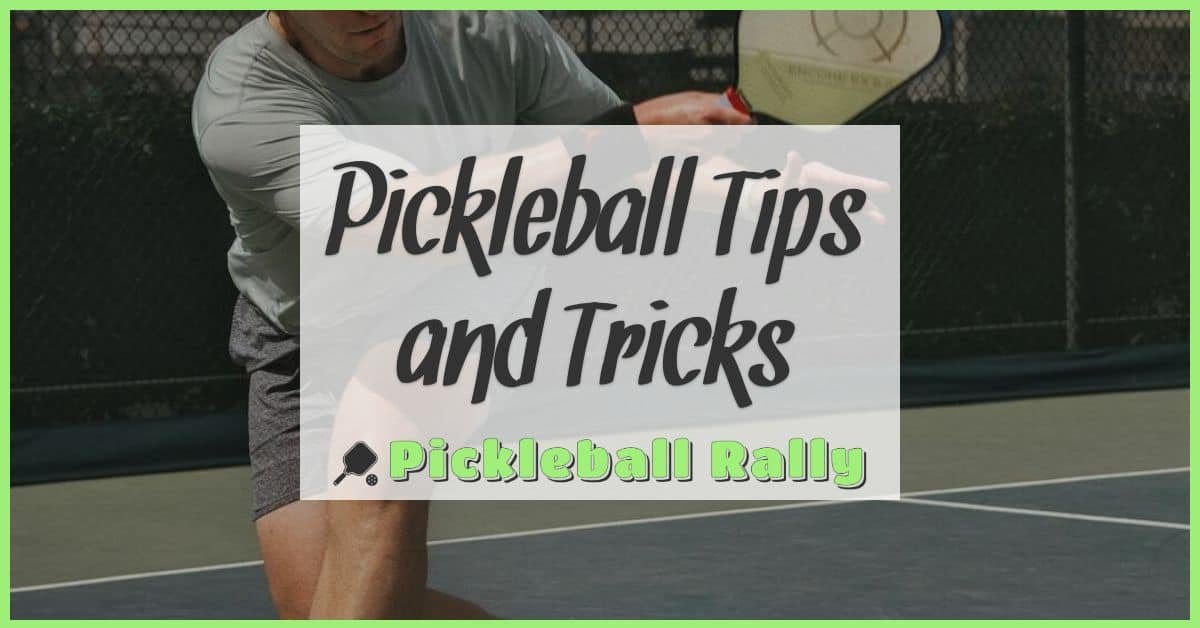Pickleball has quickly become one of my favorite sports to play, especially when it’s just me against an opponent. Singles matches bring a unique challenge that really tests your agility and strategy on the court. If you’re new to pickleball or just curious about how singles rules differ from doubles, you’re in the right place.
Understanding Pickleball Singles Rules
Mastering pickleball singles means knowing how the game changes when you’re on your own. I focus on the unique rules and strategies that make singles play both challenging and rewarding.
Basic Overview of Pickleball Singles
Singles pickleball uses the same court size as doubles but with one player on each side. I serve diagonally from the right side at the start of each game and alternate sides after scoring points. The serve must clear the 7-foot non-volley zone, called the kitchen, and land in the opponent’s diagonal service court. Scoring only happens when I’m serving, and games typically go to 11 points, winning by 2.
Each serve presents an opportunity to control the pace. The double bounce rule still applies: both players must let the ball bounce once before volleying. This rule balances the game by encouraging longer rallies. I always stay alert to court positioning since I cover the entire side by myself.
Differences Between Singles and Doubles Play
Singles demands different tactics than doubles. Court coverage is my biggest focus since I cover twice the area without a partner. I rely heavily on speed, stamina, and shot placement to outmaneuver opponents.
The serve is more critical in singles. I aim for precise, deep serves to push my opponent to the back line, opening the court for my next shot. Unlike doubles, I don’t have a partner to share net duties, so I’m often playing at the baseline or mid-court to maximize defense and attack opportunities.
Because there’s no teammate to communicate with, mental toughness plays a bigger role. I train myself to anticipate shots and adjust quickly. The pace can be faster in singles, requiring swift, deliberate movements.
Emphasizing these rule differences helps me improve and enjoy my singles matches even more.
Court Setup and Positioning for Singles
Setting up the court and understanding your positioning plays a huge role in mastering singles pickleball. Precision in these areas can improve your movement and shot-making throughout the game.
Court Dimensions and Boundaries
The pickleball court for singles matches uses the same 20-by-44-foot dimensions as doubles. The singles sidelines narrow the playable area lengthwise, so you rely on the inner sidelines rather than the outer ones. This means the court width shrinks from 20 feet to 17 feet, cutting 1.5 feet off each side. The non-volley zone, or kitchen, spans 7 feet from the net on both sides and remains the same size. The baseline and service lines do not change, so you have the full 44-foot length to work with. Understanding these boundaries helps when placing shots because the court feels slightly tighter side-to-side compared to doubles.
Player Positioning and Movement
I focus on staying near the center of the court along the baseline when returning serve to maximize coverage. Positioning yourself in the middle allows for quicker lateral movement to either sideline, essential since you cover the entire court alone. After the return, moving forward toward the kitchen line helps control the net and gain the upper hand. Always keep knees bent and stay on the balls of your feet to react swiftly. For singles, anticipating your opponent’s shot by reading their paddle angle and body language guides your next move. Frequent repositioning after each shot makes it easier to handle wide angles and drop shots. Efficient footwork and stamina form the foundation of strong singles defense and offense.
Serving Rules in Singles Pickleball
Serving sets the tone for every point in singles pickleball, so mastering it proves essential. I focus on the fundamentals to help players serve with power, accuracy, and consistency.
How to Serve Properly
I initiate the serve with an underhand stroke, making sure the paddle contacts the ball below the waist. I always stand behind the baseline, between the imaginary centerline and the sideline on my serving side. Serving diagonally crosses the court to the opponent’s service box, landing past the non-volley zone line. I avoid stepping into the court or touching the baseline during the serve, which keeps the serve legal. I also maintain a stationary stance until after contacting the ball to prevent faults. Placing serves deep and toward the opponent’s backhand often gains an early advantage.
Serving Faults and Let Serves
I watch for common faults to refine my technique and avoid losing the serve immediately. Faults include serving into the net, landing outside the correct service box, stepping on or beyond the baseline before contact, and failing to clear the non-volley zone. Faulting ends the serve and switches play to the opponent. I treat let serves—where the ball clips the net but lands in the correct service area—as a replay situation, restarting the serve without penalty. This rule gives me a fair chance at effective serves even when nets affect the ball’s trajectory.
Nailing the serve drives the pace of the singles game and sets up control for the next shots. I practice every detail to sharpen this critical skill.
Scoring System and Winning the Game
Understanding the scoring system in singles pickleball is essential for tracking progress and knowing when the match ends. Mastering this aspect helps maintain focus and strategy throughout the game.
How to Keep Score in Singles
I keep score by remembering that only the server can earn points. Each time I serve and win the rally, I score one point. If my opponent wins the rally, they gain the serve but no point. I call out the score before every serve with three numbers: my score first, then my opponent’s score, followed by the server number (either 1 or 2). In singles, since only one player serves per side, the server number is always 1. For example: “3-2-1” means I am serving with 3 points, and my opponent has 2.
Points and Game Winning Criteria
I play games to 11 points, but I stay alert for the win-by-two rule, which means the game continues if the score reaches 10-10. Reaching 11 with at least a two-point lead decides the match, so matches can extend if players are closely matched. When I focus on maintaining my serve and applying pressure during rallies, my chances of reaching that two-point margin increase significantly.
Key Strategies for Singles Play
Playing singles in pickleball demands sharper tactics and precise execution. I focus on shot choice and court control to gain an edge over my opponent.
Effective Shot Selection
Choosing the right shot shapes each rally and creates openings. I rely on:
- Deep drives: Pushing the ball to the back corners forces my opponent to retreat, giving me control of the net.
- Soft dinks: Executing delicate shots just over the net can neutralize power and create easy put-away opportunities.
- Lobs: When my opponent crowds the net, I use lobs to push them back and reset the point.
- Angles: Hitting sharp crosscourt shots stretches my opponent side to side, opening the court for finishing shots.
- Passing shots: Targeting their weaker side or chasing down wide shots helps me win tight points.
Modifying shot selection based on my opponent’s position and tendencies lets me stay unpredictable and in command.
Court Coverage Tips
Covering the court efficiently reduces my opponent’s scoring chances. My key habits include:
- Center positioning: Starting near the middle gives me the shortest distance to all areas of the court.
- Dynamic footwork: Quick, small adjustment steps keep me balanced and prepared for varied shots.
- Forward movement: Advancing toward the kitchen line after returns allows me to seize control and pressure the opponent.
- Anticipation: Reading my opponent’s paddle angle and body cues speeds my reaction time.
- Controlled recovery: After each shot, I return promptly to the optimal court position instead of lingering out of place.
Mastering these strategies builds my confidence and success in singles pickleball matches.
Common Mistakes Beginners Should Avoid
Learning pickleball singles has its challenges. Avoiding common mistakes speeds up improvement and deepens enjoyment.
Rule Violations to Watch For
Serving faults often trip up beginners. Avoid stepping on or over the baseline during your serve, since it results in a fault. Serving into the wrong service box also breaks the rules. I’ve seen many new players miss this detail early on. Remember the double bounce rule: the ball must bounce once on each side before volleys begin. Ignoring this rule leads to lost points. Finally, don’t volley in the non-volley zone (the kitchen) unless the ball has bounced there first. This rule limits aggressive net play but keeps the game fair and fun.
Tips to Improve Quickly
Focus on consistent serves to gain control of the rally. I recommend practicing underhand serves regularly because they’re legal and effective when placed precisely. Positioning yourself near the center line between the baseline and kitchen enhances court coverage, so work on footwork drills that boost agility. Use a mix of deep shots and soft dinks to keep your opponent guessing; variety prevents predictability. Analyze your opponents’ weaknesses and adjust your tactics accordingly. Practicing shot anticipation and recovery helps maintain pressure during long rallies and conserves energy.
Avoiding these mistakes and adopting focused practice habits sharpens your singles pickleball skills efficiently.
Conclusion
Singles pickleball offers a fun and rewarding challenge that pushes you to sharpen your skills and strategy. Once you get the hang of the rules and court dynamics, it’s all about staying quick on your feet and thinking a few shots ahead.
I’ve found that the more you practice, the more natural your movements and decisions become. Whether you’re just starting out or looking to improve, embracing the unique aspects of singles play can make every match more exciting.
So grab your paddle and get out there—there’s nothing quite like the thrill of a well-played singles game!









